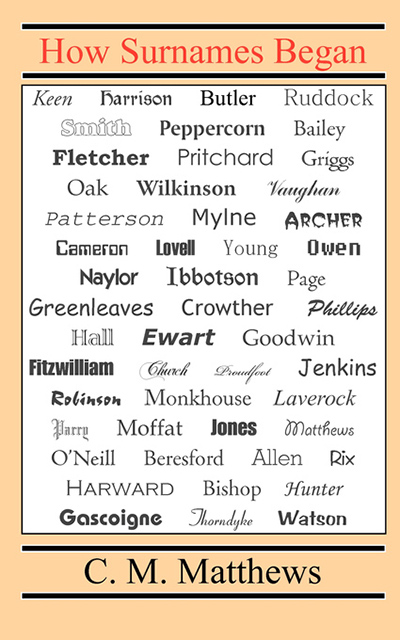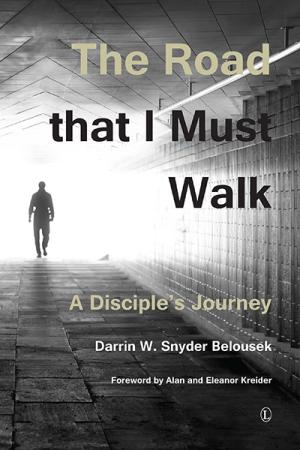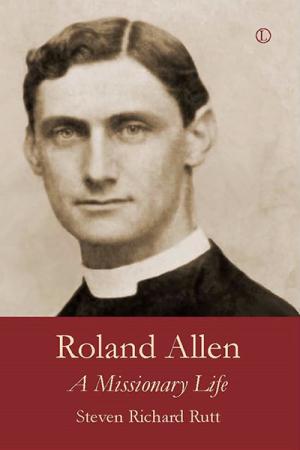Description
C.M. Matthews traces the development of the surname over the centuries, from its conception, to its unquestioned acceptance. This development was subject to historical events and social change, occurrences which shaped the lives of our ancestors as they advanced toward a more complex society and ordered civilisation.
The first surnames were used purely to distinguish two people with the same Christian name. Many were simply a suffix to a name, a description which would specify a particular person. This usually fell to their occupation, some of the earliest surnames being Smith or Baker, a simple way to delineate one man from another.
However, occupation was not the only influence. Description, such as ‘Armstrong’, parentage, such as ‘Johnson’, or locality, also played a role. As time progressed, these names no longer referred to one person, but were attributed to other family members, or were passed down from one generation to another. Whether or not the son had the same occupation as the father, he retained the name.
As the author explains, this was not a conscious decision, but rather an organic process, which developed out of convenience. Surnames often changed from one generation to another, until finally one was adopted by the whole family, mainly after the Norman Conquest. By the 1400s, surnames had become permanently established in Britain. Matthews reappraises the extraordinary beginnings of this subject, which is taken so much for granted today.






